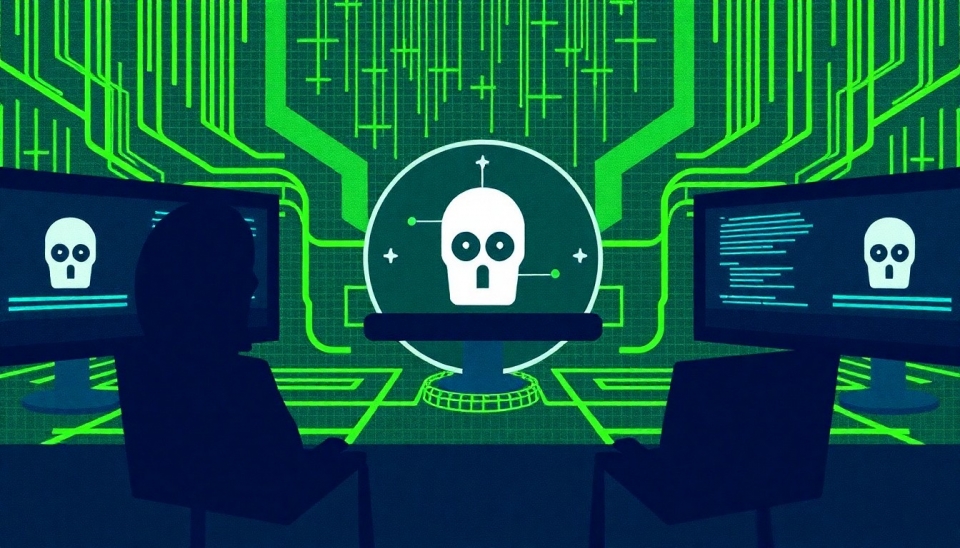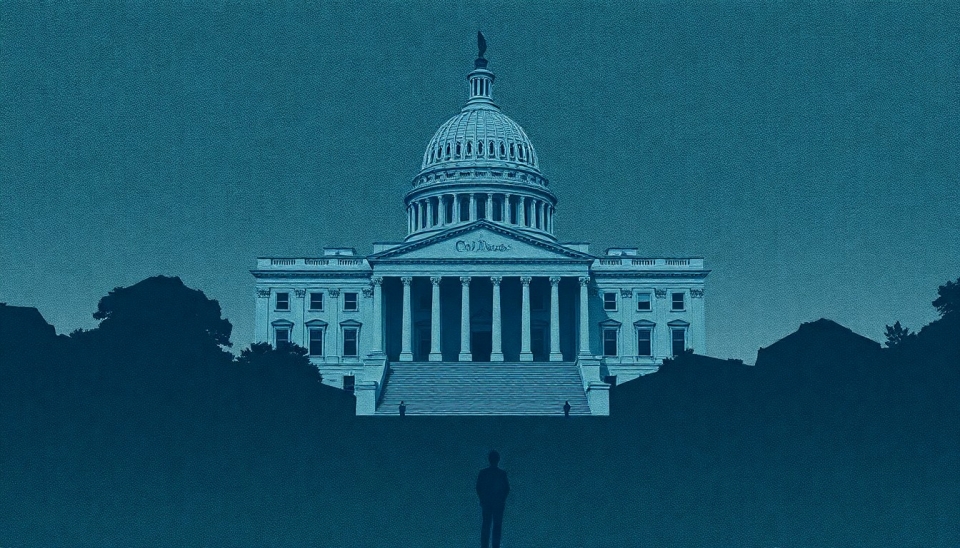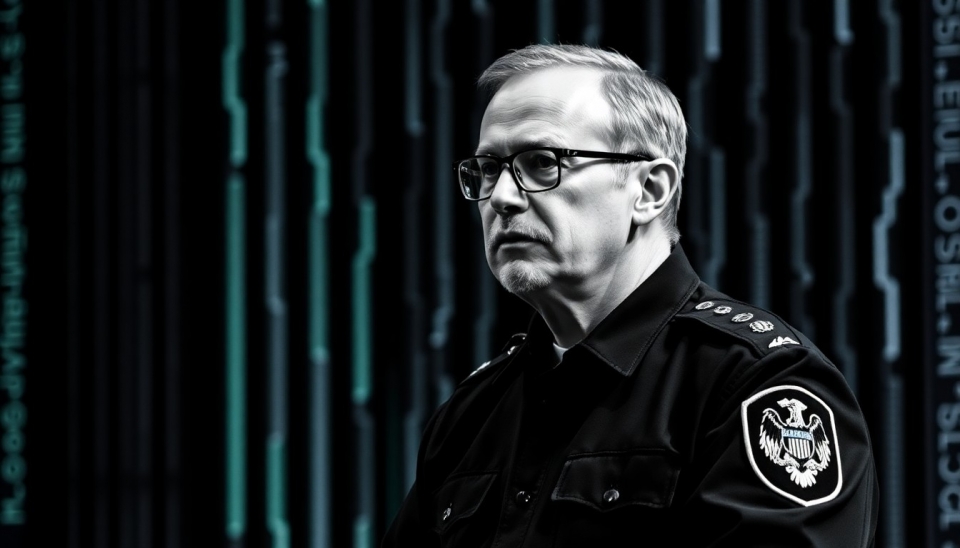
Despite the shifting political landscape and changes in leadership, cyberattacks continue to plague the United States, underscoring a persistent vulnerability that remains unaddressed regardless of which party occupies the White House. This ongoing crisis reveals a complex interplay between technological advancement, national security, and the limitations of governmental response.
Recent developments have spotlighted the rise in sophisticated cyberattacks targeting various sectors, including critical infrastructure, healthcare, and businesses. This escalation has raised alarm bells over the security of sensitive data and vital systems that support daily life and the economy. Cybercriminals, often operating from abroad, have become increasingly audacious, implementing strategies that can bypass traditional security measures.
The issue isn’t solely the frequency of these attacks, but also their evolving nature. As hackers refine their tactics, the need for adaptive and robust cybersecurity frameworks grows increasingly urgent. Leaders in the field are voicing the importance of adopting a proactive stance on cyber defense rather than merely reacting to incidents post-facto. This shift in strategy is essential for effectively mitigating risks and safeguarding national security.
One of the most concerning elements of this crisis is the evident lack of consensus on best practices for cybersecurity within the government. With multiple agencies involved, a unified approach often remains elusive. This fragmentation can lead to critical gaps in defenses, making it easier for malicious actors to exploit vulnerabilities.
Moreover, some experts argue that legislative measures intended to bolster cybersecurity are falling short of expectations. While laws and regulations can provide a framework for response and prevention, they often do not keep pace with the rapid evolution of technology and cyber threats. As a result, businesses and institutions may find themselves at the mercy of outdated protocols and insufficient resources.
In the wake of these challenges, government and private sector partnerships are being called upon more than ever to foster a collaborative environment that prioritizes cybersecurity. By pooling resources and expertise, stakeholders hope to enhance their collective resilience against future threats. This collaborative spirit may also extend to information sharing, enabling entities to preemptively identify and respond to emerging vulnerabilities.
Tragically, as these technological and political landscapes wax and wane, the common thread remains the toll that cyberattacks take on American citizens. From the disruption of essential services to the compromise of personal information, the impacts are far-reaching and damaging. This reality emphasizes the pressing need for comprehensive and innovative solutions that can adapt to the landscape of cyber threats.
Overall, the situation signifies that no matter who is leading the country, the threat of cyberattacks hangs over the U.S. like a dark cloud, necessitating urgent action and strategic foresight to address the pervasive challenges they pose. The administration’s commitment to cybersecurity will undoubtedly be a significant focus point, demanding continuous attention and resource allocation to combat this ever-evolving menace.
#Cybersecurity #CyberAttacks #USNationalSecurity #Technology #GovernmentResponse #HackingThreats
Author: John Miller




